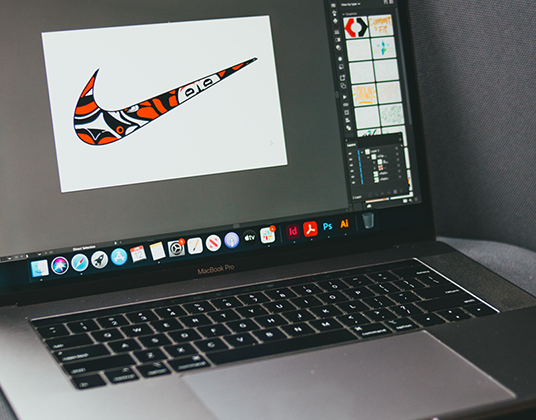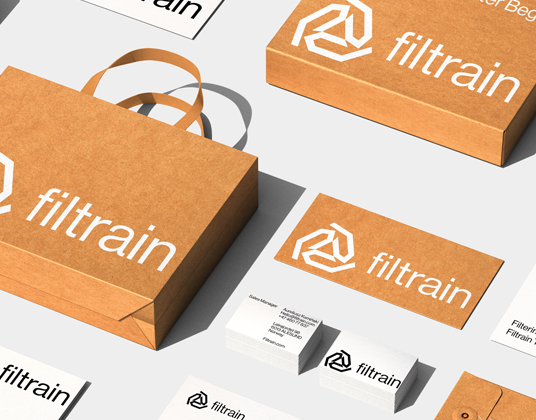Introduction: Understanding the Role of Aesthetics in Product Branding
In today's competitive market, the aesthetic appeal of a product plays a crucial role in its branding. This is because aesthetics, the visual attractiveness of a product, can significantly influence a consumer's perception and buying decisions. It's not just about having a good product anymore; it's about presenting it in a way that's pleasing to the eye and resonates with the target audience. This is why understanding the role of aesthetics in product branding is so important. When done right, it can set your product apart in the crowded marketplace, create a strong brand identity, and ultimately drive your business's success.
The Psychology Behind Aesthetics: How It Influences Consumer Behavior
Understanding the psychology behind aesthetics plays a crucial role in influencing consumer behavior. When a product is visually pleasing, it triggers positive emotions in potential buyers, making them more likely to purchase. This is because our brains associate beauty with trust and quality. Therefore, investing in aesthetics, such as attractive packaging and effective branding, can significantly boost sales. With this in mind, businesses should prioritize aesthetics in their product branding strategies to capture and retain consumer attention, thereby increasing their market share.
The Power of First Impressions: The Impact of Visual Appeal in Brand Recognition
First impressions are crucial in product branding, as they significantly influence brand recognition. The visual appeal of a product, from its packaging to its logo, plays a paramount role in capturing consumers' attention and making the brand memorable. A well-designed, aesthetically pleasing product can immediately spark interest and create a lasting positive impression in the consumer's mind. This powerful initial impact can lead to increased brand loyalty, customer retention, and ultimately, higher sales. Therefore, investing in the visual appeal of a product is not just about making it look good, but also about establishing a strong and recognizable brand identity.
Color Theory in Branding: How to Use Colors to Convey Your Brand's Message
Color theory plays a crucial role in product branding as it helps to convey your brand's message effectively. Different colors elicit different emotions and reactions from consumers. For instance, red can create a sense of urgency or passion, blue can evoke trust and reliability, while green is often associated with health and tranquility. Therefore, choosing the right color palette for your brand is essential. It's not merely about aesthetics, but it's about communicating your brand's personality and values to your target audience. So, invest some time in understanding color psychology to make your branding more impactful and resonant with your audience.
The Role of Typography in Product Branding: More Than Just Letters
Typography plays a crucial role in product branding, serving as a visual tool that communicates much more than just words. It influences how customers perceive your brand, shaping their emotions and responses. Choosing the right font and style can evoke a sense of reliability, luxury, or creativity, depending on your brand's identity. A consistent and thoughtful use of typography can significantly enhance your brand's appeal, making it more memorable and recognizable to consumers. In essence, typography is not merely about letters; it's a powerful branding element that can determine how effectively your product connects with your target audience.
The Impact of Packaging Design on Consumer Purchase Decisions
Packaging design plays a crucial role in influencing consumer purchase decisions. It's the first thing customers notice, serving as a silent salesman on the shelf. A well-designed package can catch the eye, convey key product information, and create a strong brand impression. Conversely, a poorly designed package may be overlooked or fail to communicate the product's value, leading consumers to choose a competitor's product instead. Therefore, investing in attractive, informative, and brand-consistent packaging design is critical for businesses aiming to stand out in today's competitive market.
Branding Consistency: Maintaining Aesthetic Cohesion Across All Platforms
Branding consistency is crucial in maintaining aesthetic cohesion across all platforms. This means that whether a customer interacts with your brand through your website, social media, or even physical stores, they should experience a consistent look and feel. This includes consistent use of colors, fonts, imagery, and messaging. This aesthetic uniformity not only enhances brand recognition but also builds trust and reliability. When your branding elements are in harmony across all touchpoints, it sends a clear and strong message about your brand's identity, values, and promises.
Case Studies: Successful Companies that Utilize Aesthetics in their Branding
Case studies reveal that many successful companies attribute a significant part of their success to the use of aesthetics in their branding strategy. For instance, Apple, a tech giant, is renowned for its minimalist and sleek design, which reflects in both their products and branding. This aesthetic appeal has become synonymous with the brand, contributing immensely to its global recognition and success. Similarly, Starbucks has skillfully utilized aesthetics in their branding by creating a cozy, homely atmosphere in their stores, making customers feel comfortable and welcomed. Their distinctive green logo and rustic store design have become iconic, setting them apart from their competitors. These companies demonstrate that a strong aesthetic branding can effectively attract customers and build a strong brand identity.
Aesthetic Trends in Product Branding: What's In and What's Out
In product branding, aesthetic trends play a crucial role in capturing customer attention and driving sales. Currently, minimalist design is in, with brands opting for a clean, simple, and uncluttered look. This trend focuses on using muted color palettes, ample white space, and straightforward typography to convey a message of simplicity and sophistication. On the other hand, the loud and flashy designs are out. These were characterized by bright colors, complex patterns, and excessive details, which can often overwhelm customers. Thus, the current aesthetic trend in product branding leans more towards simplicity, clarity, and authenticity, promoting a more user-friendly experience for consumers.
Conclusion: The Future of Aesthetics in Product Branding.
In conclusion, the future of aesthetics in product branding is promising and vital. As consumers continue to value experiences and emotional connections, brands must focus on creating visually appealing and meaningful designs. Aesthetics will play a crucial role in differentiating products, shaping consumer perceptions, and driving brand loyalty. Therefore, businesses must invest in understanding their audience's aesthetic preferences, ensuring their branding aligns with these tastes. Efforts to enhance the aesthetic appeal of products will not only attract more customers but also contribute significantly to a brand's overall success in the market.





